Brussels: Ranked 13th in our ranking

The more than 25,000 respondents to our survey choose Brussels as a city of great importance in Europe, as is obvious as it is the capital of the European Union. However, they rank it 13th in the ranking, very close to other large capitals of greater size or historical relevance.
The category where it stands out most is that of international connections, where it ranks first in Europe. Another category in which Brussels also scores well is gastronomy.
As the capital of the European Union, Brussels is a multicultural city that brings together influences from all over the continent. Its streets combine tradition and modernity in a series of contrasts that generate very favourable impressions. Its importance in the European ecosystem is reflected in its ranking in our survey across the different categories.
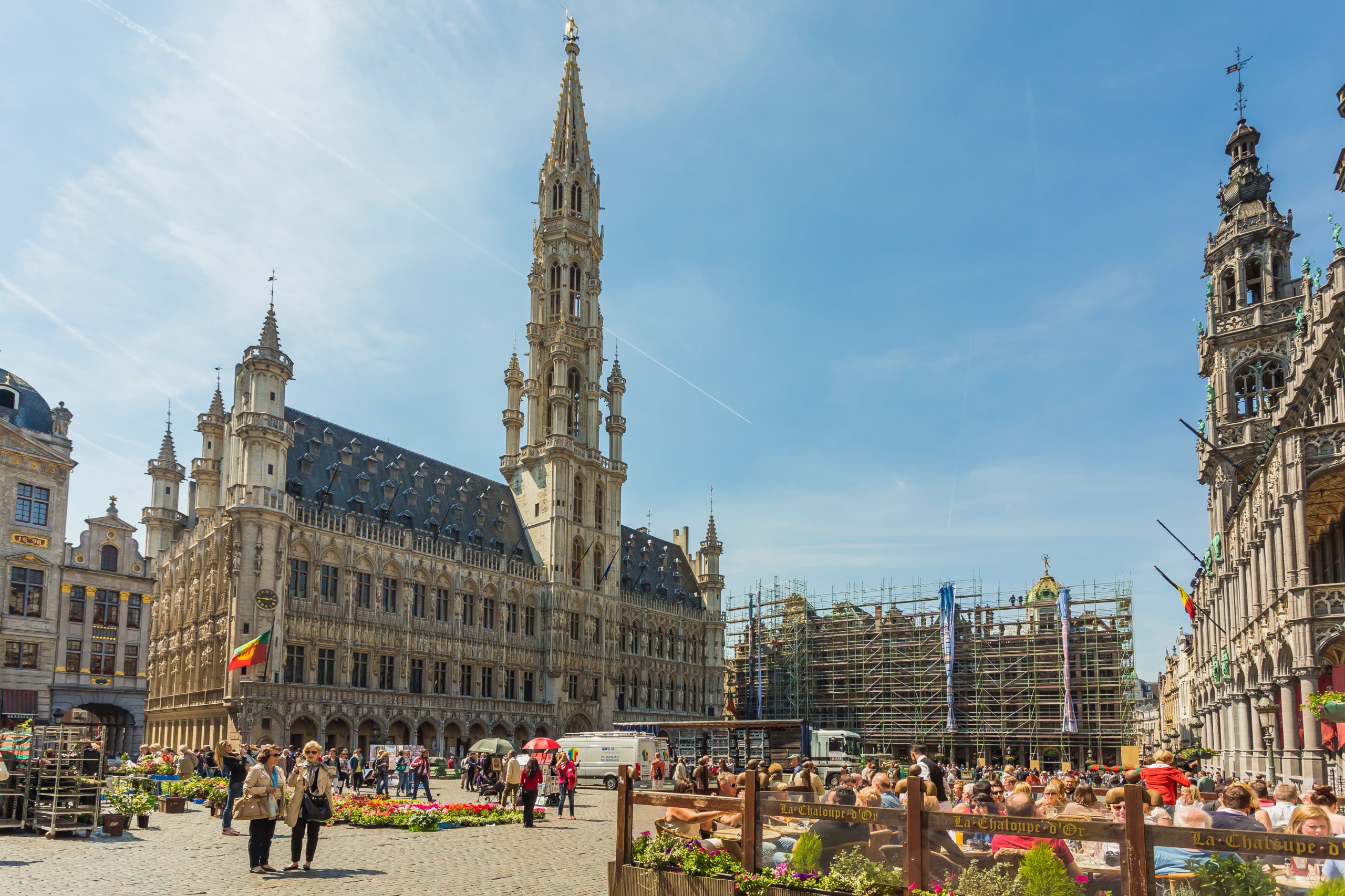
The summer in Brussels is pleasant, with a temperature that is not particularly hot, but still cool because the days are often cloudy. It is therefore a very recommendable climate to take a few days off and enjoy the city, especially if you tend to be very busy with work in the city.
Winters are more difficult, as the temperature drops considerably. In this case, the fact that the weather is usually cloudy becomes a negative aspect that detracts from the quality of life in the city, especially because the temperature is usually very low. In addition to the cold and clouds, there are also strong gusts of wind. This weak point is reflected in the survey results and excludes the city from the top 10 cities.
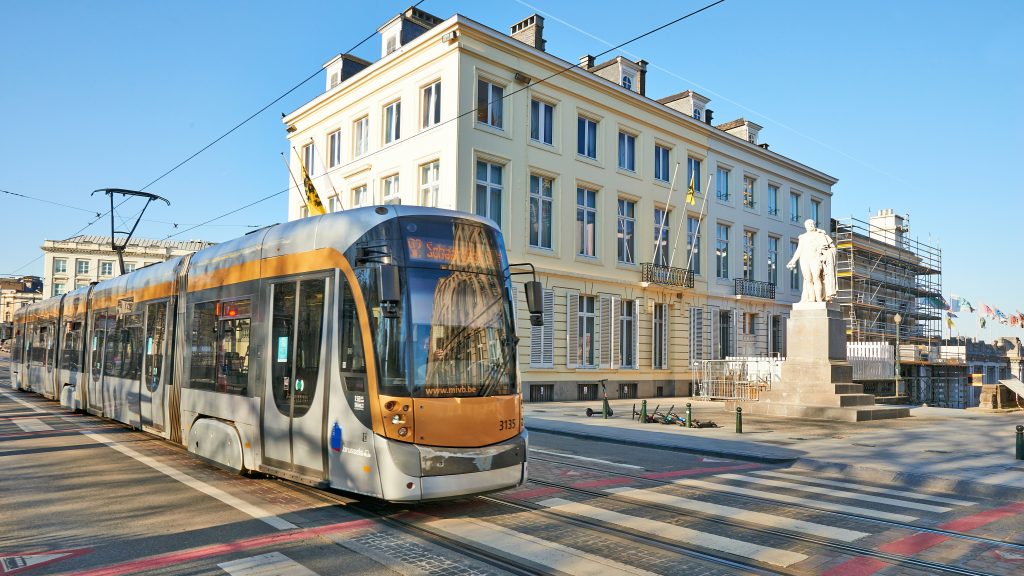
Although Brussels does not have a large transport network or a large number of lines, there is no hiding the fact that it is difficult to use. Respondents to our survey did not give enough votes to Brussels’ transport to make it stand out among its virtues.
Le main transport systems are buses and trams, with connections that leave many parts of the city not properly connected. They take some getting used to and are not as intuitive to use as in other parts of Europe.
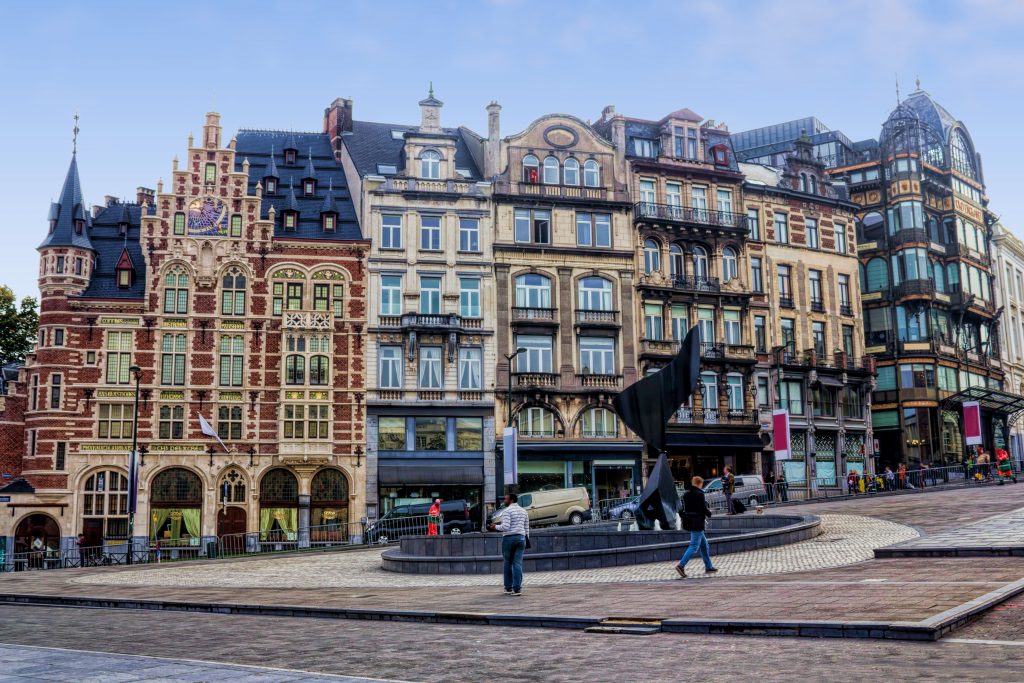
There are more than 15 universities in the city, most of which are dedicated to business education. While some cities have a stronger academic tradition, Brussels does have a large number of students who go on to study at university level – a total of 25 per cent.
In terms of international schools, there are more than 20 different schools. The most prominent are those that teach in English, such as Bogaerts International School, Montgomery International School Brussels or The British Junior Academy of Brussels, but there are also schools that teach in other languages, such as French or German in places like Tutti Frutti Primary School. Thanks to this variety of schools, our respondents have chosen Brussels for the eighth position in the ranking of this category.
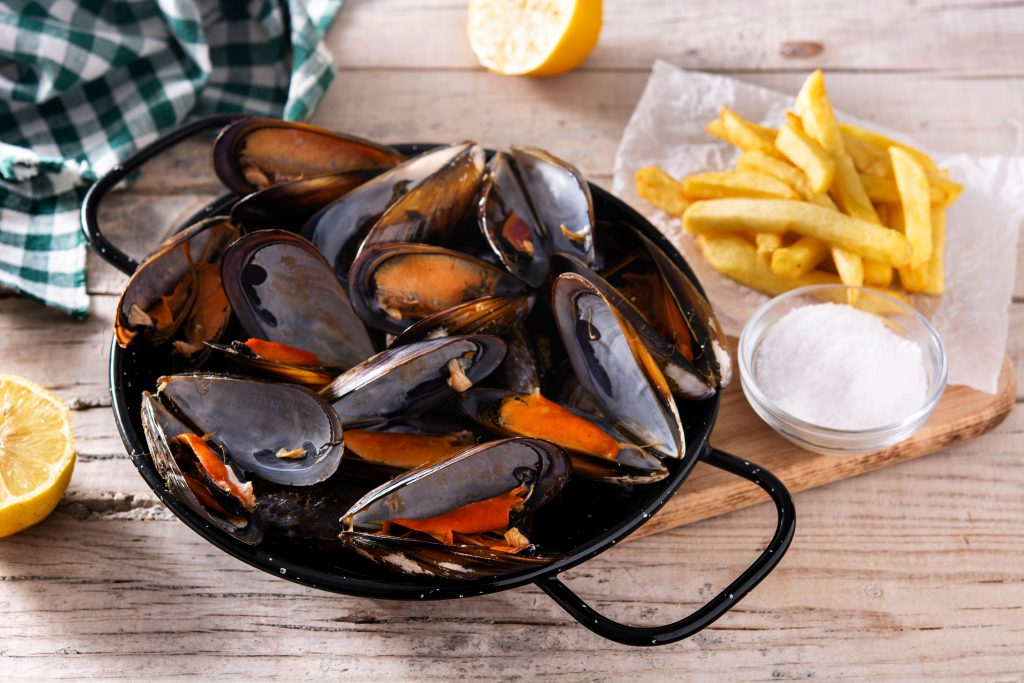
Brussels is a place of culinary contrasts which convinced our respondents, who ranked it sixth in the gastronomy category. The reasons for this success are to be found in the efficiency of some of Brussels’ recipes, which have the capacity to appeal to everyone. In addition, its multicultural European influence allows it to offer a wide gastronomic variety.
For example, street food such as mitraillette, a sandwich with meat and chips, among other ingredients. The popularity of potatoes, aware that no one can resist them, makes them appear in other dishes, such as moles-frites, which are mussels with fried potatoes. Waffles, on the other hand, are a classic in Belgian life.
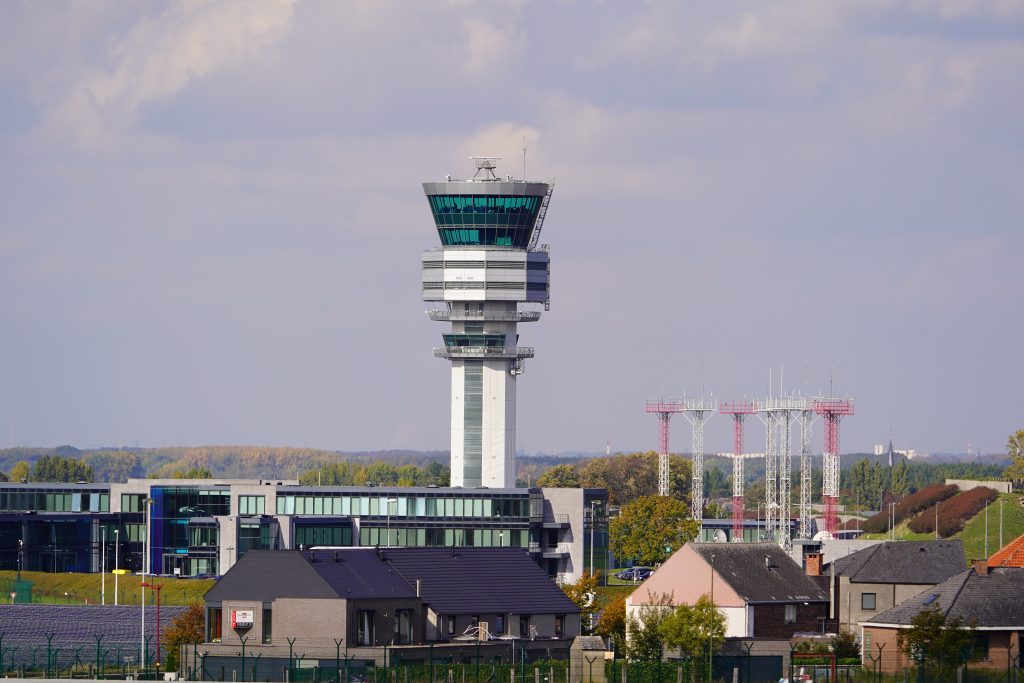
In its own right, the Belgian city ranks first in the top international connections. This is reflected in the ratings of those surveyed, who not only take into account the connectivity of its airport, but also Belgium’s strategic location via rail or road to other European capitals.
This victory was achieved especially for its first-rate connection with the rest of Europe at all levels, as it is the hub from which all the countries that make up the European Union are supported. At its airport there are all kinds of routes, but the busiest are those that connect with Madrid, Barcelona and Lisbon. The airport is 15 kilometres from the city.
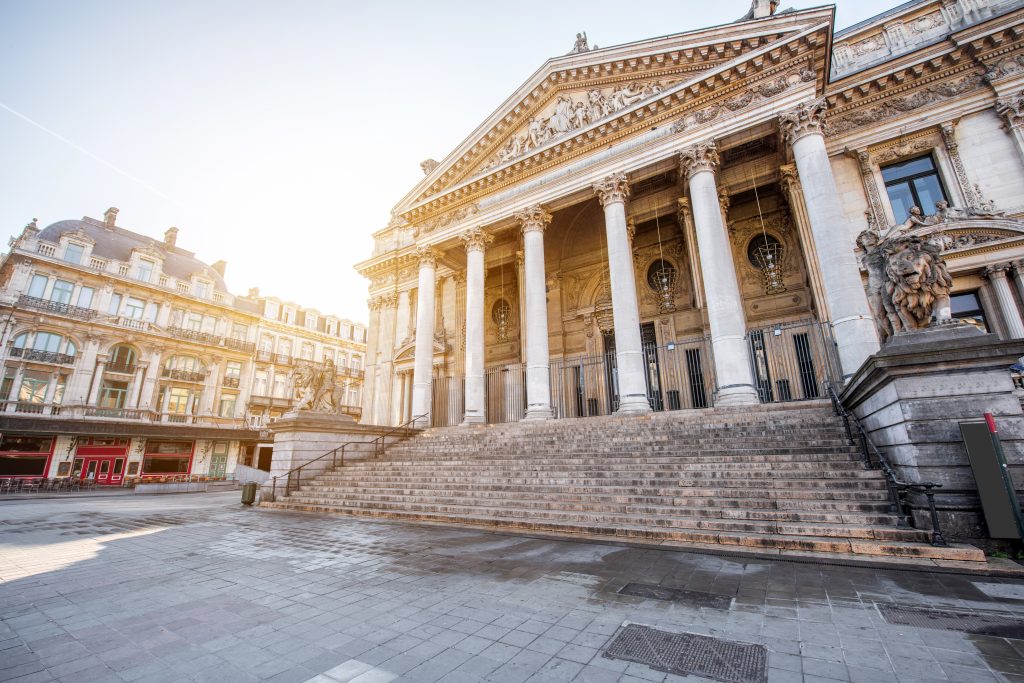
Among the various cities in Belgium, Brussels has the highest level of crime. The level is not far from that found elsewhere in Europe, but residents do have to be careful when passing through certain areas at night.
This is the case in places like Anneessens, Marolles and Molenbeek, where it is advisable to be especially careful. In addition, the number of pickpockets in the more central areas is also high, which means that you should never lose your wits.
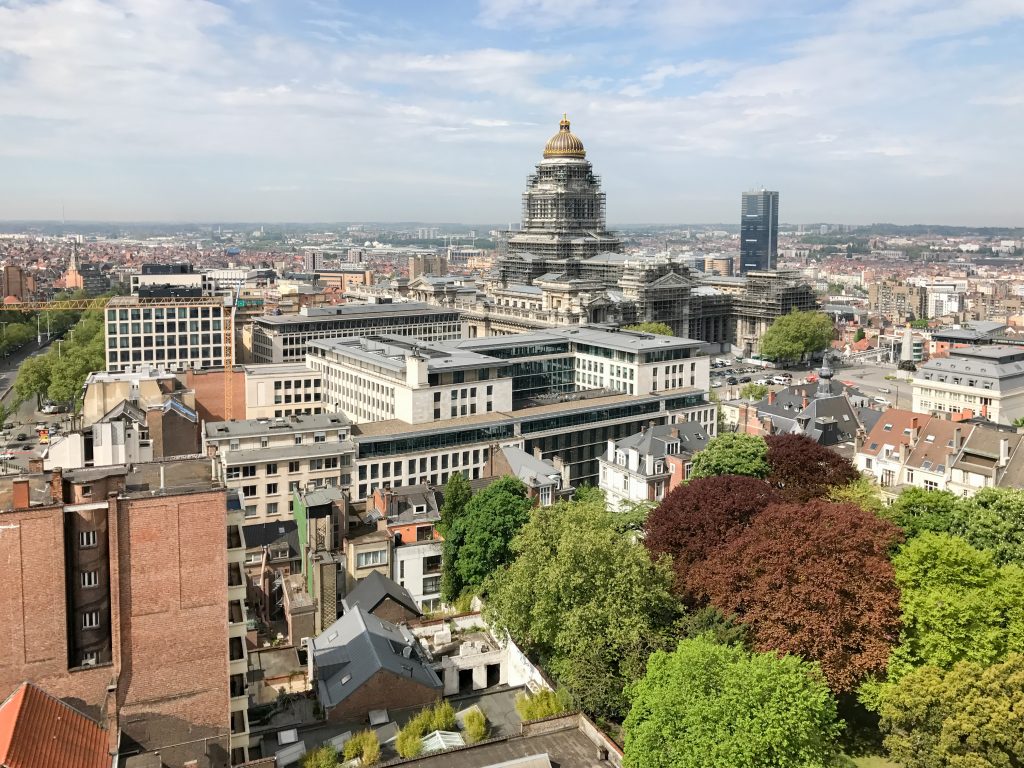
Brussels is focused on setting an example for other European cities with its decisions. Among other measures, it is trying to use energy wisely, to support green initiatives and to give more and more attention to environmentally responsible jobs.
The design of green buildings helps to reduce the footprint and eliminate the presence of pollution in the streets. These initiatives have been recognised in the results collected, obtaining 5th place.
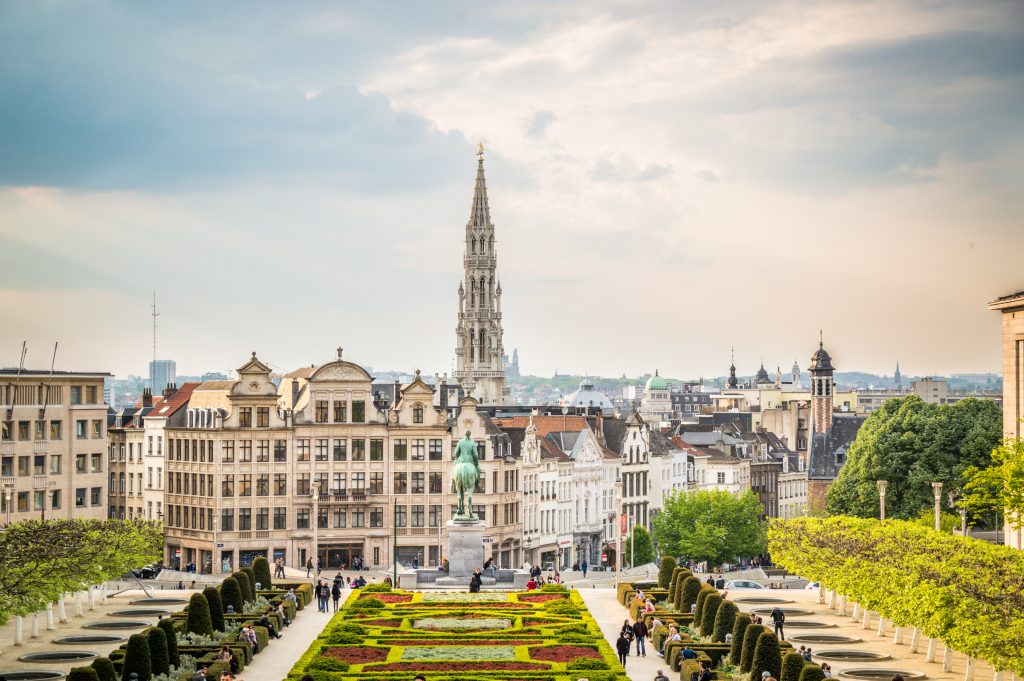
There are many European cities that, in overall terms, have a lower cost of living than Brussels. However, there are two cost ranges to consider for living in the city. The first is residential rents, which are not as expensive as elsewhere in Europe.
But at the same time, the cost of other expenses that residents face on a daily basis, such as utility bills, food shopping and even transport, are higher than average. Overall, therefore, living expenses are high.
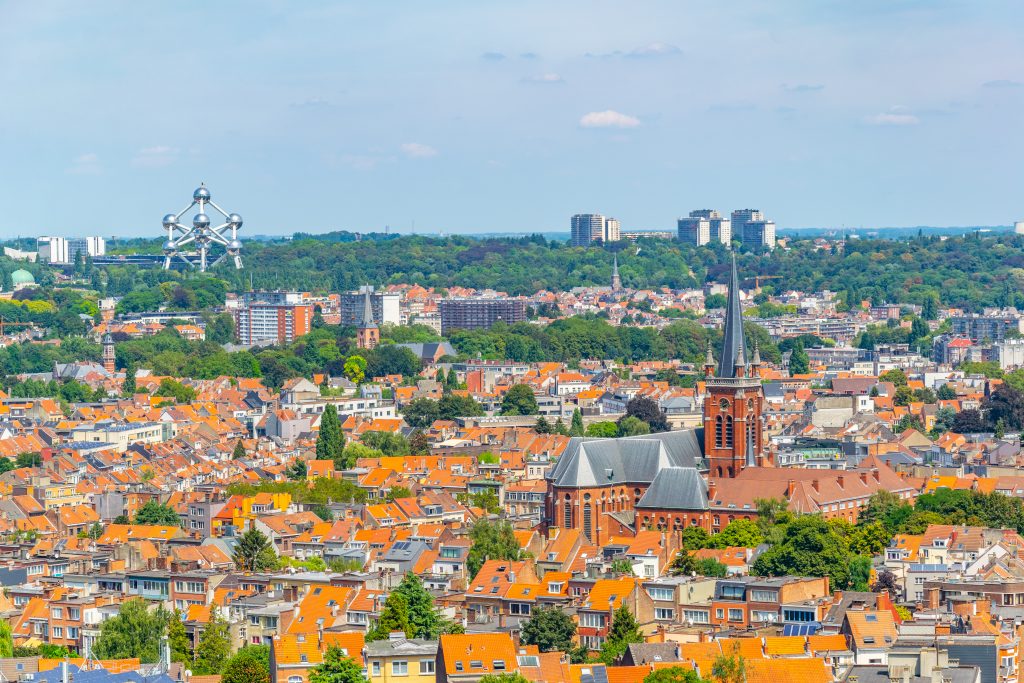
One of Brussels’ objectives is to offer its citizens a wide variety of cultural offerings so that they can spend fun weekends in the city. The way to do this, among other things, is through a wide variety of museums. You can visit such culturally enriching places as the Museum of Art and History, the Magritte Art Museum, the Fin-de-Siècle Museum or the complex of three museums dedicated to oriental culture.
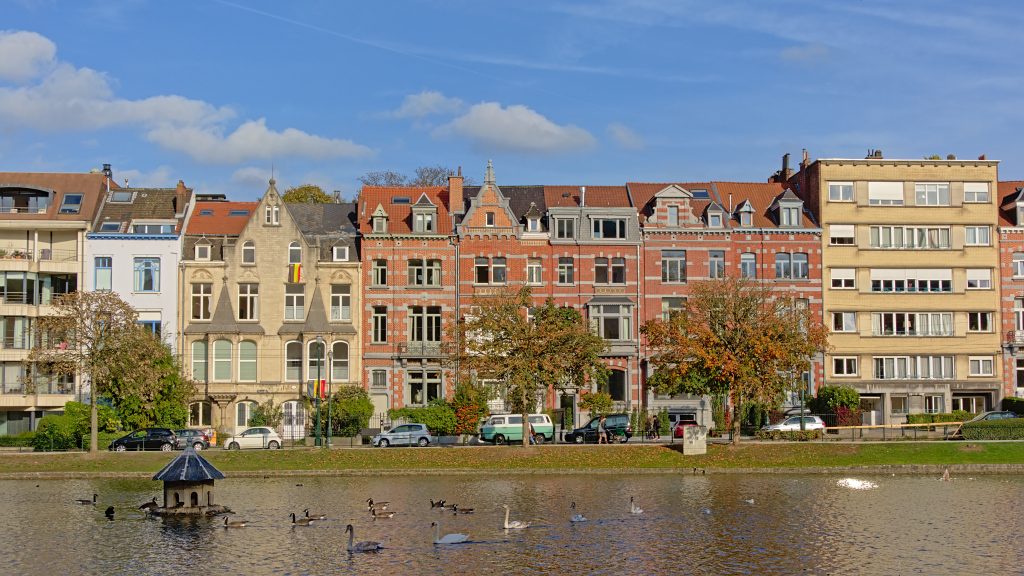
Without being particularly prominent in this area, leisure in Brussels is a relaxed affair, although the intensity can be increased by visiting amusement parks such as Walibi, where children will want to go at least once or twice a year to ride the rides. At night there are plenty of clubs and discotheques to enjoy music and cocktails.
Walks and outdoor fun are guaranteed in Brussels Park, one of the city’s biggest green lungs and a place that is hard to get tired of. There are also plenty of shopping areas to enjoy and educational museums for all ages, such as the one dedicated to toys.
